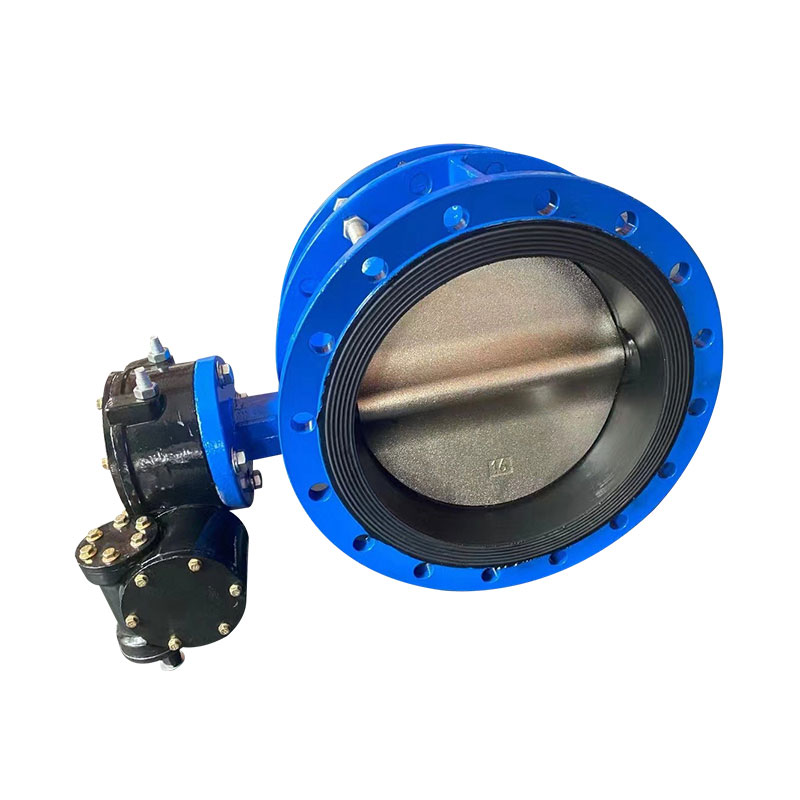
Butterfly valves are widely used in various industries for regulating flow in pipelines due to their simple design, ease of operation, and relatively low cost. Among the many types of butterfly valves, the ANSI butterfly valve stands out as a specific standard variant, defined by the American National Standards Institute (ANSI). Understanding how an ANSI butterfly valve differs from other butterfly valves can help users select the appropriate valve for their application.
One of the primary distinctions of an ANSI butterfly valve is that it is manufactured according to specific dimensional and pressure standards set by ANSI. These standards ensure compatibility and interchangeability between different manufacturers and systems. This consistency can be particularly important in industries such as oil and gas, water treatment, and chemical processing, where adherence to standards is critical for safety and performance.
The ANSI butterfly valve typically conforms to the ANSI B16.5 flange dimensions, which means the valve's flange matches standard pipe flanges used in piping systems. This allows easier installation and replacement within existing piping networks that follow ANSI specifications. In contrast, some other butterfly valves might be designed according to different regional or international standards, such as DIN or JIS, which have varying flange dimensions and pressure ratings.
Pressure rating is another area where ANSI butterfly valves are clearly defined. ANSI standards classify valves into pressure classes such as Class 150, Class 300, and so on. This classification helps users select a valve that suits their system’s pressure requirements. Other butterfly valves may have pressure ratings based on different standards or manufacturer specifications, which might not align perfectly with ANSI classifications.

The design and materials of ANSI butterfly valves often follow guidelines that suit industrial environments requiring durability and reliability. These valves are commonly made with body materials such as cast iron, ductile iron, stainless steel, or carbon steel, and feature seals designed to ensure tight shutoff. While these features are shared with other butterfly valves, the ANSI designation often implies that the valve has passed standardized testing procedures, including pressure and leakage tests as per ANSI requirements.
In terms of operation, ANSI butterfly valves generally use a quarter-turn mechanism to open or close the valve, which is standard among butterfly valves. However, the ANSI standard may specify additional criteria related to torque requirements or stem strength, contributing to the valve’s reliability in demanding conditions. Other butterfly valves may use different actuation methods or have varying specifications for torque and mechanical strength.
Another difference is in the application focus. ANSI butterfly valves are often chosen for applications that require compliance with American standards, particularly in sectors regulated by agencies or requiring certification. This contrasts with butterfly valves made for markets that follow other standards, which may prioritize different features or certifications.
While the core function of controlling flow remains the same across butterfly valves, the ANSI butterfly valve’s adherence to defined standards offers advantages in system integration, reliability, and predictable performance. Users working within systems designed to ANSI specifications benefit from knowing that their valve components will fit and function as expected without extensive customization.
The ANSI butterfly valve differs from other butterfly valves primarily in its adherence to ANSI standards, including flange dimensions, pressure ratings, material specifications, and testing requirements. These factors contribute to its widespread acceptance in industries where conformity to American standards is necessary. Choosing an ANSI butterfly valve ensures compatibility with existing ANSI-compliant piping systems and provides confidence in the valve’s performance under specified conditions.

